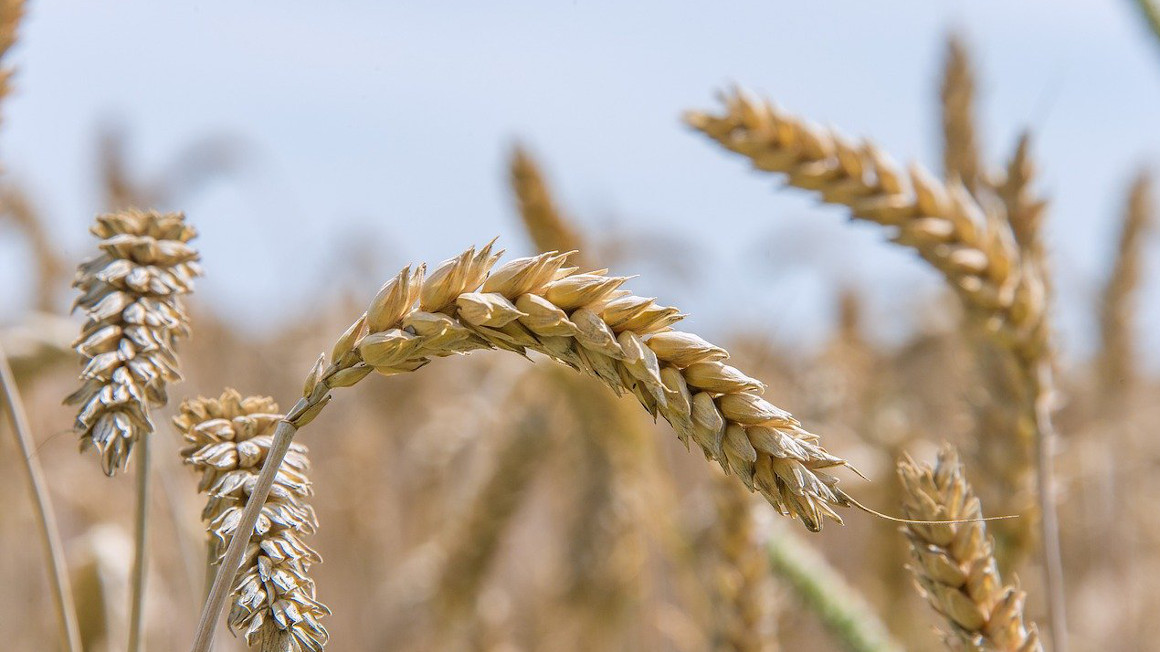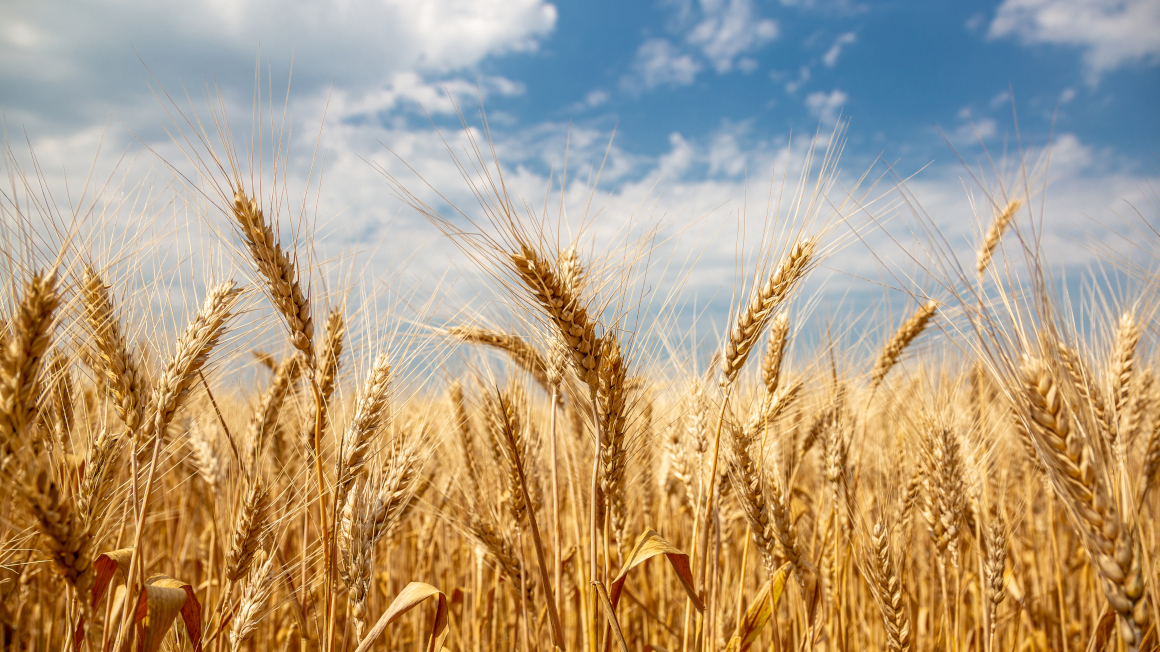Wheat disease threatens global food supply
An international research team led by Munich agricultural scientist Senthold Asseng has modeled for the first time how the fungal disease wheat blast affects wheat production as a result of climate change.

In times of extreme climate change, plant diseases and pests are increasingly reducing yields worldwide. One of the most important food crops, wheat, is also affected. The fungal disease 'Wheat Blast' in particular has become increasingly widespread in recent years and could pose a serious threat to global wheat production. An international research team led by Munich agricultural scientist Senthold Asseng has now modeled for the first time how the devastating fungal disease will affect wheat production as a result of climate change. Researchers from the USA, Brazil, Mexico and Bangladesh were involved.
The wheat disease is caused by the fungus Magnaporthe oryzae. It spreads via infected seeds or harvest residues as well as via spores in the air. Especially in the tropical regions of South America and South Asia, the pest has repeatedly caused crop failures since the 1985s. Devastating: the disease attacks the wheat ear directly and can render the grain unusable within a week. Now, countries such as Bangladesh and Zambia are also affected by the wheat disease.
Up to 75% of wheat acreage affected
The modeling of the climate impact on the further spread of Wheat Blast paints a dramatic picture: according to the study, the pathogen could reduce global wheat production by 13% by 2050 and thus drastically jeopardize global food security. South America, southern Africa and Asia would be the most affected regions. As the team reports in the journal Nature Climate Change, up to 75% of wheat cultivation areas in Africa and South America alone could be at risk in the future.
Low risk for Europe
Even in countries such as Argentina, Zambia and Bangladesh, where the wheat disease has only occurred on a small scale to date, the pathogen is predicted to spread further in the future. Countries that have so far been spared by the fungus will also be affected. These include Uruguay, Central America, the south-east of the USA, East Africa, India and eastern Australia. For East Asia and Europe, the forecast indicates a low risk - with some exceptions. In future, the wheat disease could also spread to Italy, southern France, Spain and the warm and humid regions of south-eastern China.
Breeding resilient wheat varieties
The forecast makes it clear that the regions most affected by Wheat Blast will be those that are already suffering the most from the consequences of climate change. In order to secure the increasing demand for wheat and thus future food supplies in these regions, farmers will have to switch to more robust plants to avoid crop failures and financial losses, the researchers write. This would require the breeding of resistant wheat varieties. However, according to the researchers, "the right sowing date" could also prevent "Wheat Blast-promoting conditions from prevailing during the ear emergence phase".
For their study, the researchers combined a simulation model for wheat growth and yield with a newly developed Wheat Blast model. Environmental conditions and plant growth data were included for this purpose. The focus of the modeling was on the phase when the ear matures.
bb


